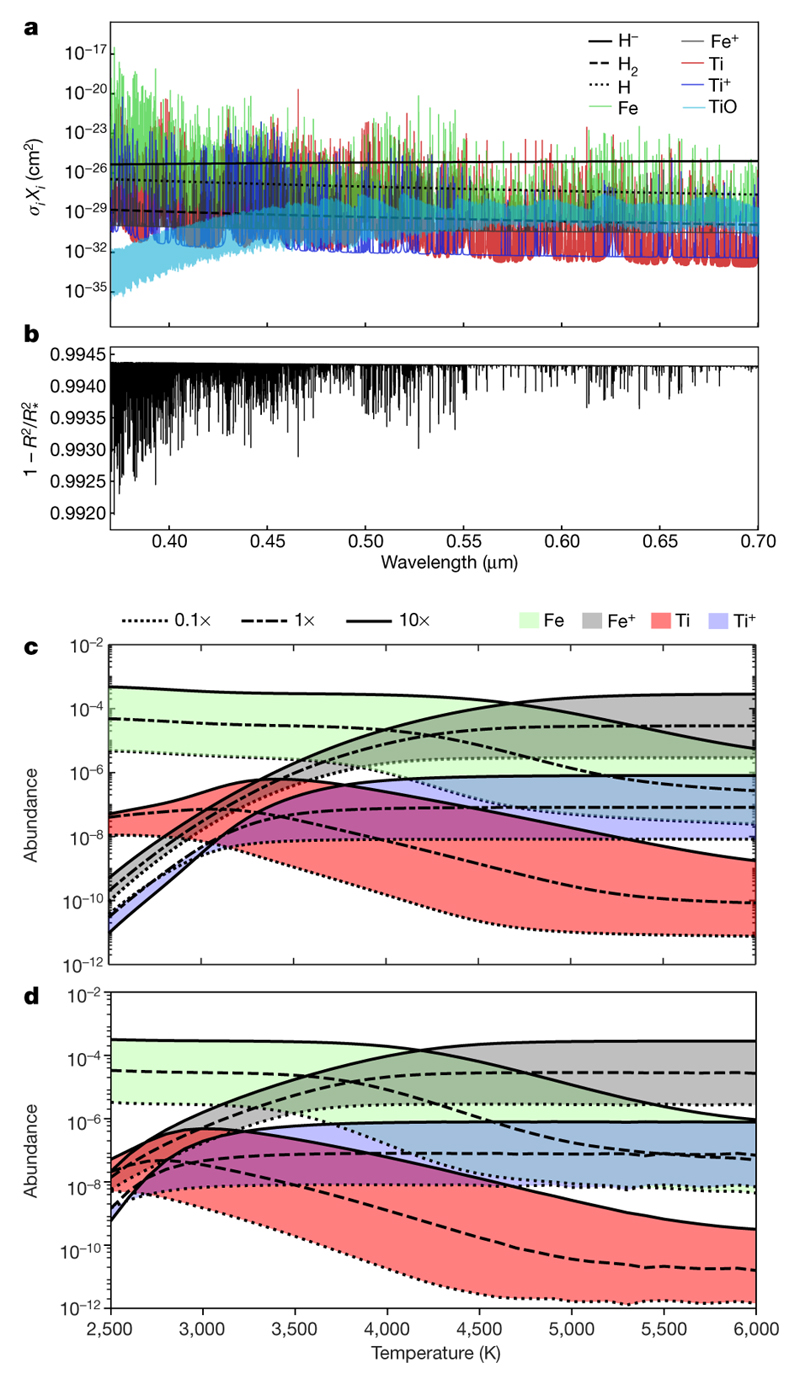Fig. 1. Theoretical cross-sections and chemistry.
a, Cross-sections σi of Rayleigh scattering associated with atomic and molecular hydrogen (H and H2), bound-free absorption associated with the hydrogen anion (H−) and the spectral lines of neutral and singly ionized iron and titanium (Fe, Fe+, Ti and Ti+) and of titanium oxide (TiO), weighted by their relative abundances by number (volume mixing ratios Xi), assuming chemical equilibrium, a temperature of 4,000 K and solar metallicity. The dominance of H− absorption implies that the spectral continuum can be used to estimate the pressure associated with the transit chord probed in KELT-9b, which we compute to be about 10 mbar. b, The theoretical transmission spectrum corresponding to the cross-sections shown. R and R* denote the exoplanetary and stellar radii, respectively. c, Mixing ratios of Fe, Fe+, Ti and Ti+ as a function of temperature, assuming chemical equilibrium and for metallicities of 0.1, 1 and 10 times the solar metallicity. d, Same as c, but including photochemistry and a representative vertical mixing strength of 1010 cm2 s−1.

